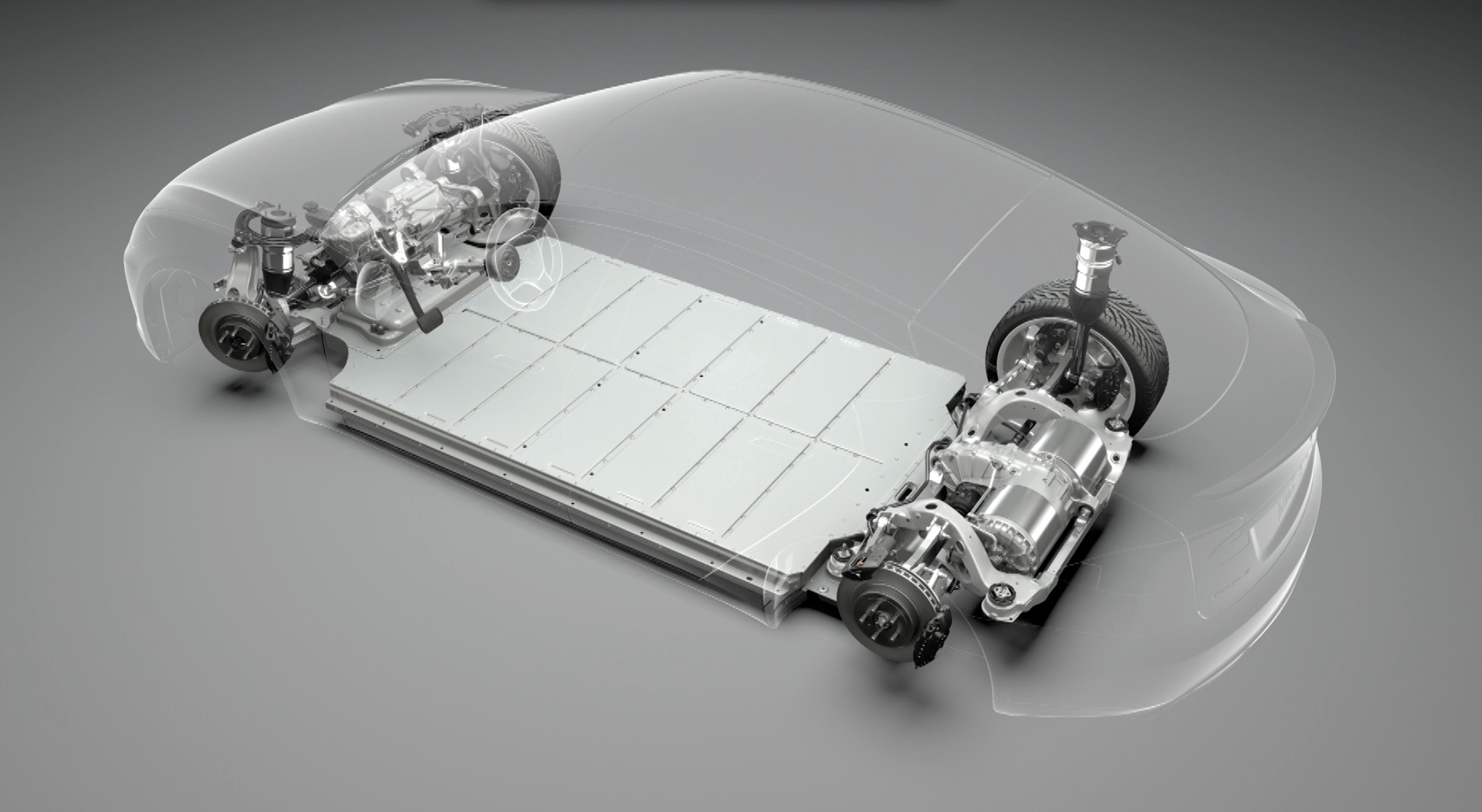Same comment made a few months ago, but hundreds of thousands of vehicles and millions of miles is quite irrelevant if each individual pack have not accumulated enough cycles and calendar wear. To put it more clearly, here's two scenarios, say you have 100 million miles of data:
1) 1000 cars traveling 100k miles
2) 100k cars traveling 1000 miles
#1 will tell you a lot about long term wear. #2 will tell you almost nothing. Currently the LFP fleet is a lot closer to #2 than #1. There's probably a while before there are many 100k mile LFPs on the road.
@AAKEE already posted the data on the basic chemistry of LFP that shows 50% will do better than 100% for storage. Tesla's statements don't contradict that and the only reasoning that Tesla have presented to recommend the 100% is because the LFP BMS has inaccurate capacity estimates at low SOCs below ~10% (increasing the risk of stranding). Besides from that article, I previously linked a tweet thread by Elon that makes it much more clear:
I Picked up my Model 3 today. How can I tell if has LFP battery pack?
Basically it's a double whammy. The LFP packs + the 16V lithium LV battery means that if the HV shuts off unexpectedly (instead of a gradual shutoff), the LV battery can die very quickly (given it has much lower capacity of 6.9 Ah vs 45 Ah for the lead acids). This is one reason why I actually may prefer the lead acid (other than also easier to find a generic replacement if it dies).



